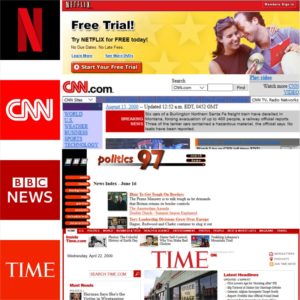
Microsoft introduced the next version of the Windows range of Operating Systems at the Microsoft Windows Event held on Thursday, 24th June dubbed Windows 11.
The newly introduced Operating System was partly inspired by the changes in how we work and learn since the beginning of the pandemic making it easier to create, connect, play and learn using our devices.
One of the most recognizable changes is the location of the Start Menu button which has been re-positioned to the center of the taskbar.
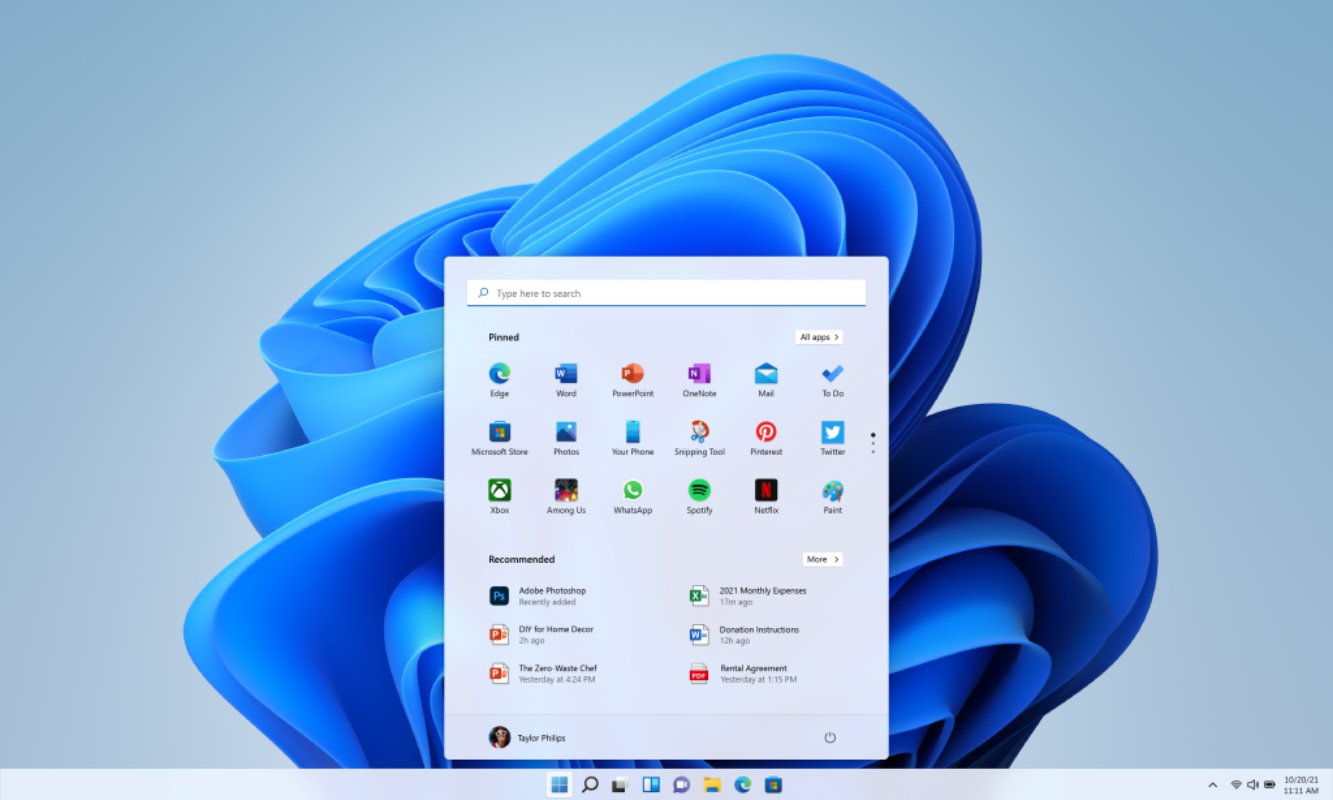
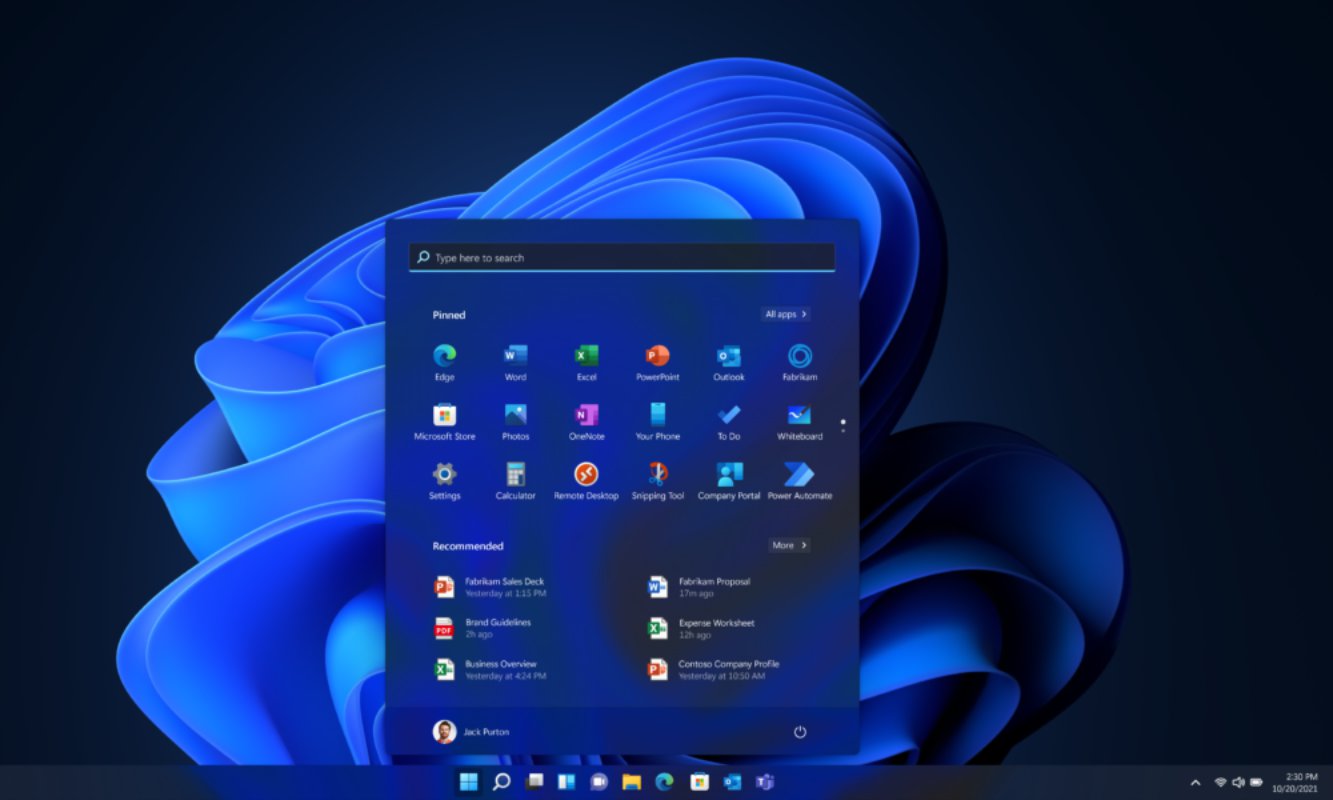
The Start Menu panel can now also be connected to your OneDrive and Microsoft 365 accounts to show your recent files and documents even if they were last edited on a mobile device.
Some of the new features introduced to Windows 11 include Snap Layouts and Snap Groups to enable users organize their windows and multitask.
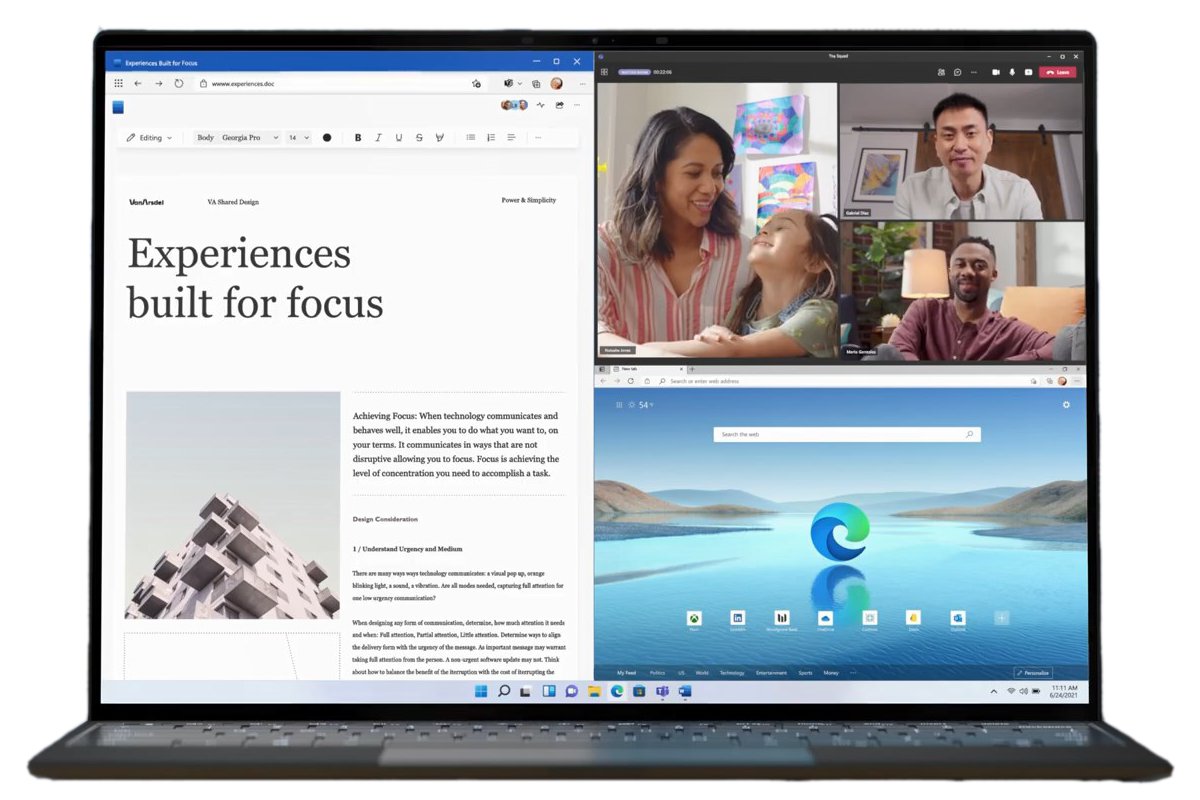
You can now also create separate Desktops and customize them to your preference e.g. a Desktop for work, entertainment or learning.
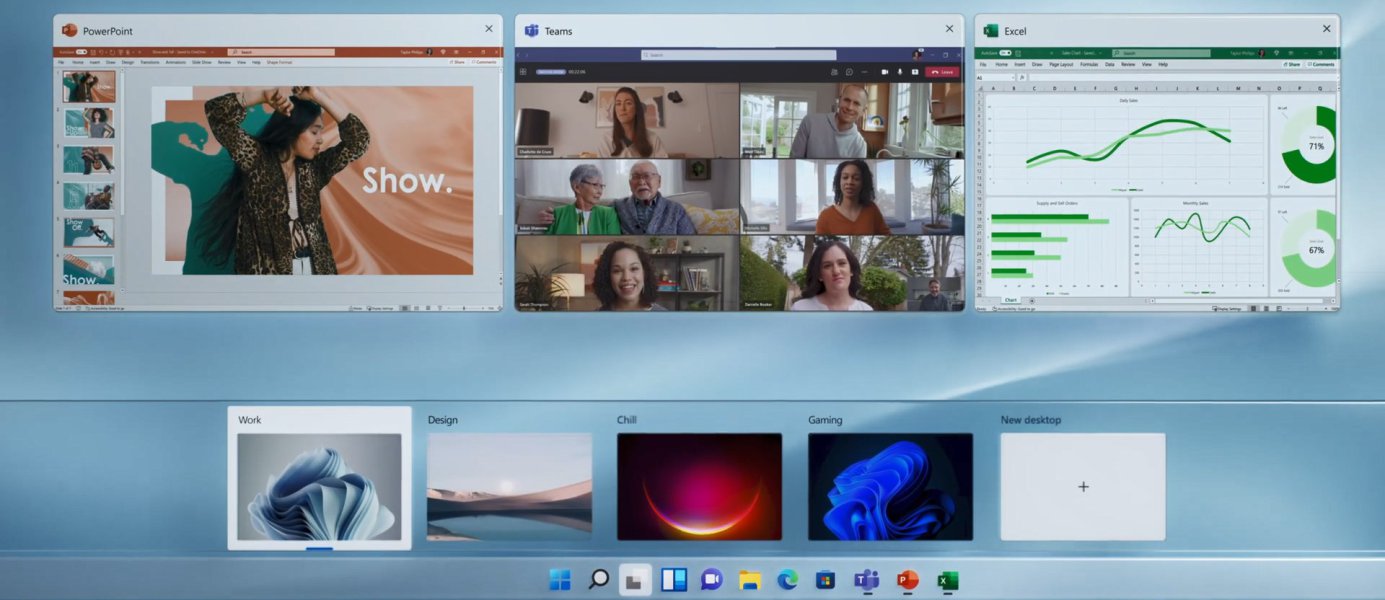
Widgets have also been introduced with personalized and customizable feeds powered by AI to keep you in touch with the latest news and information.
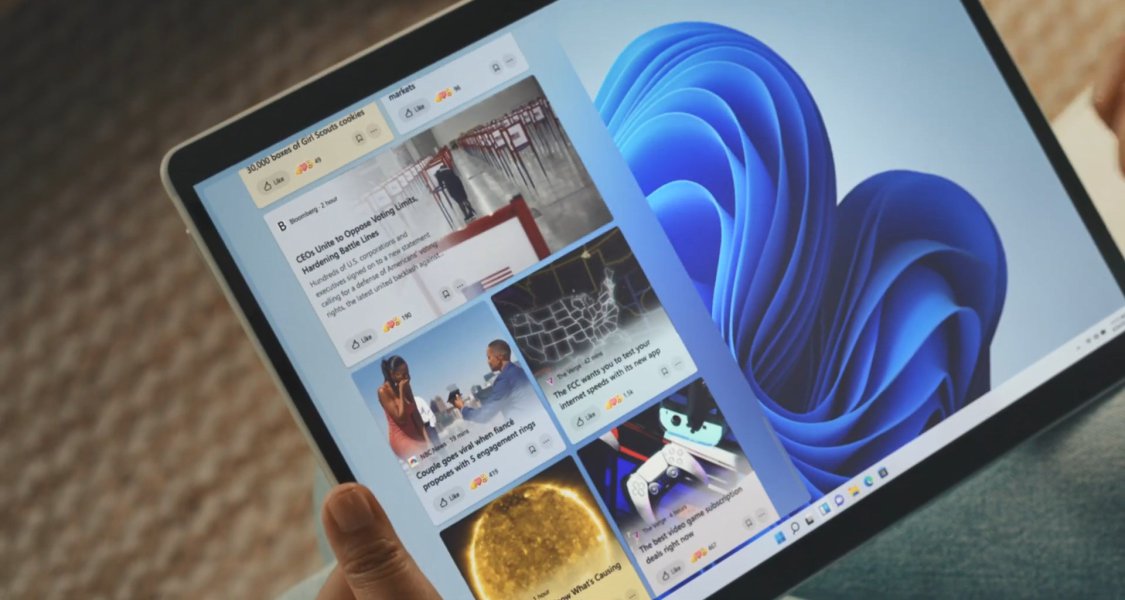
A new instant messaging feature called Chat, integrated from Microsoft Teams is also available to enable collaboration through text, chat, voice or video with your personal contacts.
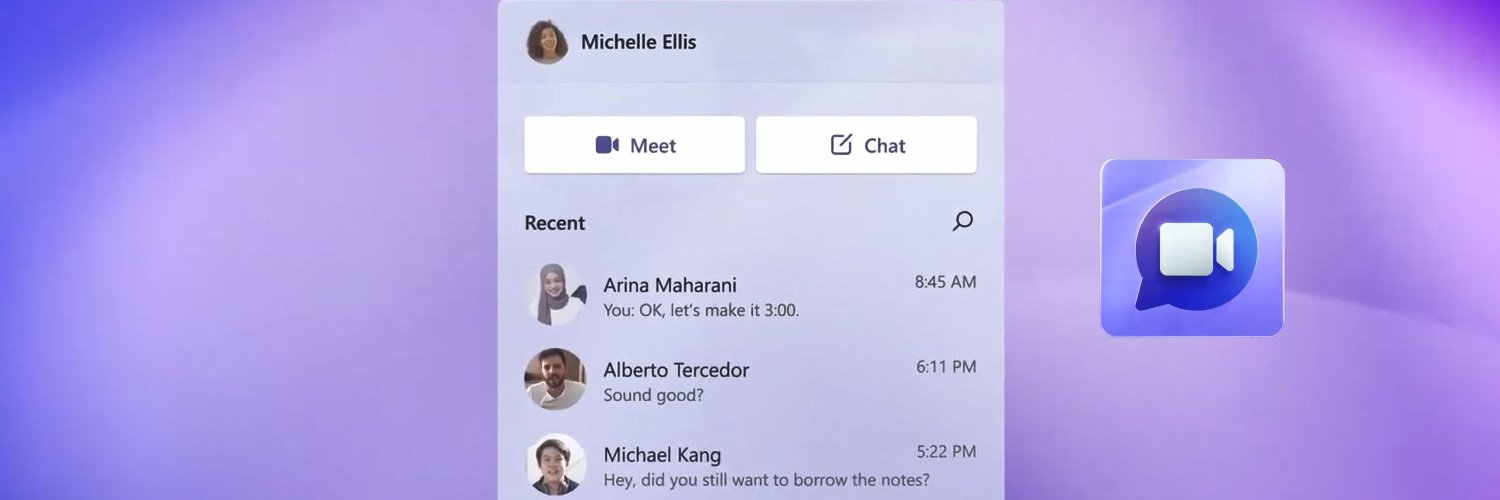
Users will also be able to search for Android apps in the Microsoft Store and download them through the Amazon Appstore. This should make it easier to upload photos and posts on your PC from apps that supports only mobile upload/posts e.g. Instagram
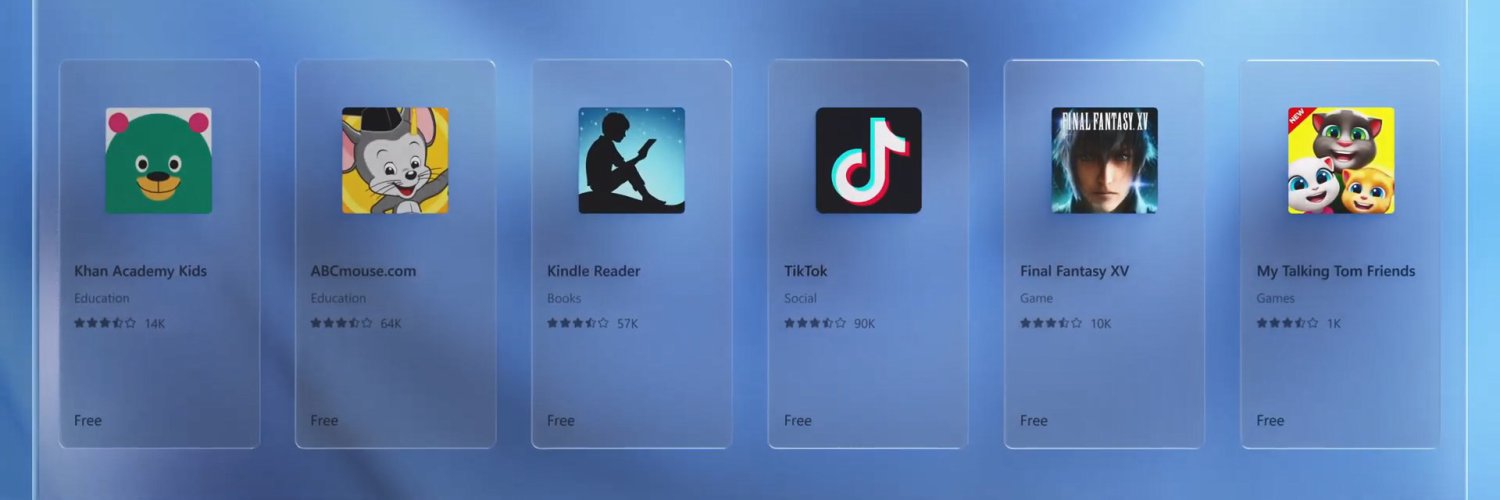
Windows 11 will be available through a free upgrade for eligible Windows 10 PCs and on new PCs starting around the last quarter of this year and continuing into 2022.
For Enterprises, eligible PCs can be updated directly to Windows 11 when available using Windows Update for Business if they are running any supported version of Windows 10, which includes Windows 10 Enterprise, version 1909 or higher, or Windows 10 Pro version 20H1 or higher.
To check if your current Windows 10 PC is eligible for the free upgrade to Windows 11, visit https://www.microsoft.com/en-us/windows/windows-11 to download the PC Health Check app.





